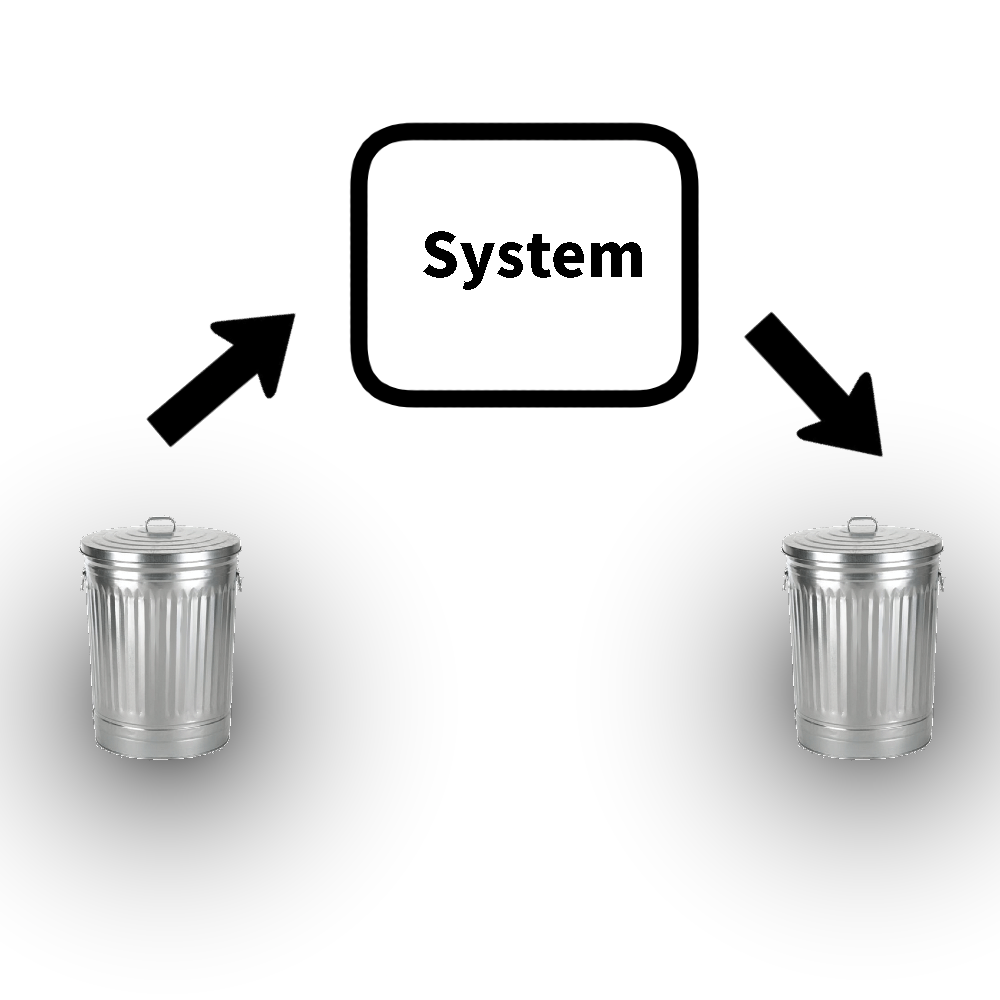
Garbage In, Garbage Out
The phrase “Garbage In, Garbage Out” is a well-known concept in computer science and data processing. It emphasizes the importance of accurate and reliable input data in achieving accurate and reliable output. GIGO is an acronym that stands for “Garbage In, Garbage Out.” It highlights the notion that if the input is flawed or incorrect, the resulting output will also be flawed or incorrect. For example, if your employees are tired, unmotivated, and burned out, the results they produce will reflect their state. But if you have employees who are ready to work, the input will be drastically different.
The Importance of Input Data
It is critical to know the impact of input so that you avoid bad inputs and focus on better inputs. For example, let us take our own body as an example. If you didn’t know that eating junk food everyday causes you to be unhealthy, you will continue to eat it without realizing the after effects for a long time. Let’s take another example. Let’s say you are a carpenter and make tables, chairs and sofas. Now, if you use cheap wood then the tables and chairs you make will be flawed and would easily break.
How do you avoid garbage In, Garbage Out?
There are two steps to avoiding garbage in and garbage out. And even though they are simple, they are not easy. These are two steps.
- Find out about the “Garbage” input.
- Remove the “Garbage” input.
Now although they seem easy, they aren’tt in most cases. Let us look at the two examples I showed you. For the “carpenter” example, the solution is rather simple. We already know the problem, and the solution lies in investing more in high-quality wood. But what about the “unmotivated employees” example? It’s hard to find out exactly what motivates employees. Is it better working conditions? Is it more breaks? Is it increasing their pay? Is it giving bonuses? Or is it just a lack of community in business?
In conclusion, to get accurate and reliable results, input data must be accurate. Input quality and validation are of importance, and it emphasizes the importance of avoiding flawed or incorrect input. It’s possible to avoid the Garbage In, Garbage Out effect and improve the quality of your data by using best practices in data collection, cleaning, and validation.